June 20, 2022
Three years ago, Sansei journalist and photographer Sandy Sugawara set out to visit each of the War Relocation Authority camps where Japanese Americans, including her parents and grandparents, were incarcerated during WWII. In this guest post, she shares some of the powerful images and stories she captured along the way.
A few weeks before her death, my mother began talking about her imprisonment at Amache during World War II — a subject that she had often avoided. She asked me, why didn’t other Americans try to stop the imprisonment of 120,000 innocent Japanese Americans? Why weren’t German Americans and Italian Americans also subjected to mass incarceration? Why didn’t Japanese Americans fight harder for their rights? And have things really improved for her great grandchildren and future generations?
After my mom’s death, I discovered a metal box under her bed stuffed with letters, photos, and my dad’s wallet. He had died 16 years earlier. In his wallet, I was startled to find a meal card and a work pass from Amache. Clearly memories of Amache continued to linger with him as well.
A couple of weeks later, I headed out to Amache, and then to other incarceration camps with Catiana Garcia Kilroy, a fellow photographer who, like me, focuses on capturing memory through landscapes.
As we set out on that journey, we were overwhelmed by the camp sites. They were isolated and rugged, sometimes achingly beautiful, but always tinged with an overwhelming sense of sadness. We spent several days at each camp, and we also talked to survivors and their families. We told the story of each camp through original and archival photographs, personal stories, art work by the incarcerees and government documents. It’s a tale of a society that failed to protect its vulnerable.
But we also learned how the prisoners found their voice — through art, through writing, through legal battles, and through protests. We found that incarcerees did stand up for their rights, sometimes facing brutal consequences. We saw the graves of babies. We examined toys left behind. We discovered the graceful, haunting trees planted by inmates. We heard the rattlesnakes and coyotes that inmates heard during their moonlit walks to the latrines. In those remote deserts and swamps, we felt the overwhelming sense of isolation and sadness felt by incarcerees.
We also learned that a few others did stand up for Japanese Americans, examples of how single acts of courage and generosity can make a difference.
During our visit to Amache, one random encounter really stuck with me. A white couple came up to me and asked, “Were you here?” I told them I was not, but my parents had been imprisoned at Amache. They then started apologizing profusely, saying they had no idea. They were from the Midwest visiting the area, and happened to see a road sign for Amache, so they stopped by for a quick look. They ended up spending the whole day there and brought their children the next day.
We hope to encourage more people to visit these sites. Today’s fragile and disturbing climate of intolerance makes it all the more important that what happened at these sites not be forgotten.
Catiana and I were able to photograph nine of the 10 WRA camps. (We may still be able to visit Gila River, but we have found other ways to tell its story in the meantime.) The result is a book titled Show Me the Way To Go To Home, scheduled to be published in December 2022 or January 2023. We chose the title after seeing it etched onto a wall in the jail at Tule Lake. It may be a misquote of a song that was popular back then. But it’s also a sentiment we heard often — that families just wanted to go home.

At Amache, we focused on my family’s story. My grandmother, Kiyo Miyake, was a social worker at Amache and helped many families cope with the loss of their freedom and savings. She later said in an oral history interview, “When the Japanese arrived, it was a desert. But within a very short time, they planted beautiful flowers between barracks and around their bedrooms, and it became a very beautiful place. This truly shows something of their heart.”
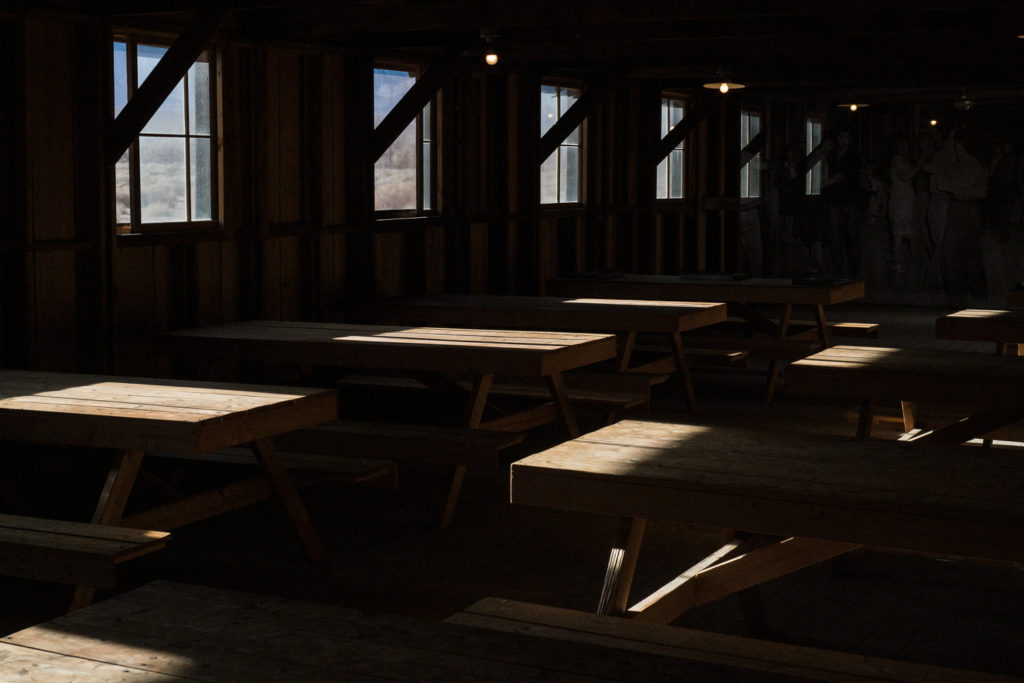
At Manzanar, we looked at the plight of children. Dennis Tojo Bambauer was sent to Manzanar to live at the camp’s orphanage, called the Children’s Village, at six years old. He later said, “I remember driving up to the gates and seeing the guard tower and the barbed wire fence, and this blew my mind… to think that we were going to be behind those wires.”
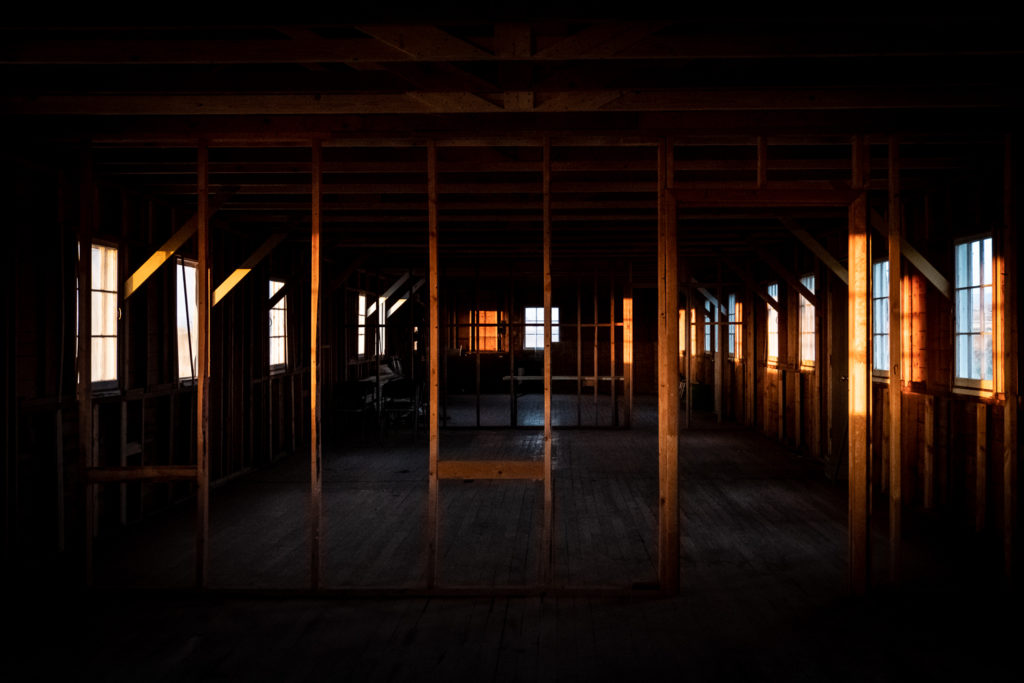
The empty barracks at Heart Mountain reflect the loneliness and courage of Takashi Hoshizaki and other Japanese Americans at Heart Mountain who resisted the draft, saying they would gladly serve as soon as their families were released from prison and their constitutional rights were restored. Hoshizaki wrote in his diary on June 26, 1944, “Today we went to the courtroom at 1:45. Got our 3-year sentence at 2:30. Judge Kennedy assumed that the evacuation and detention is constitutional. I think he’s nuts.”
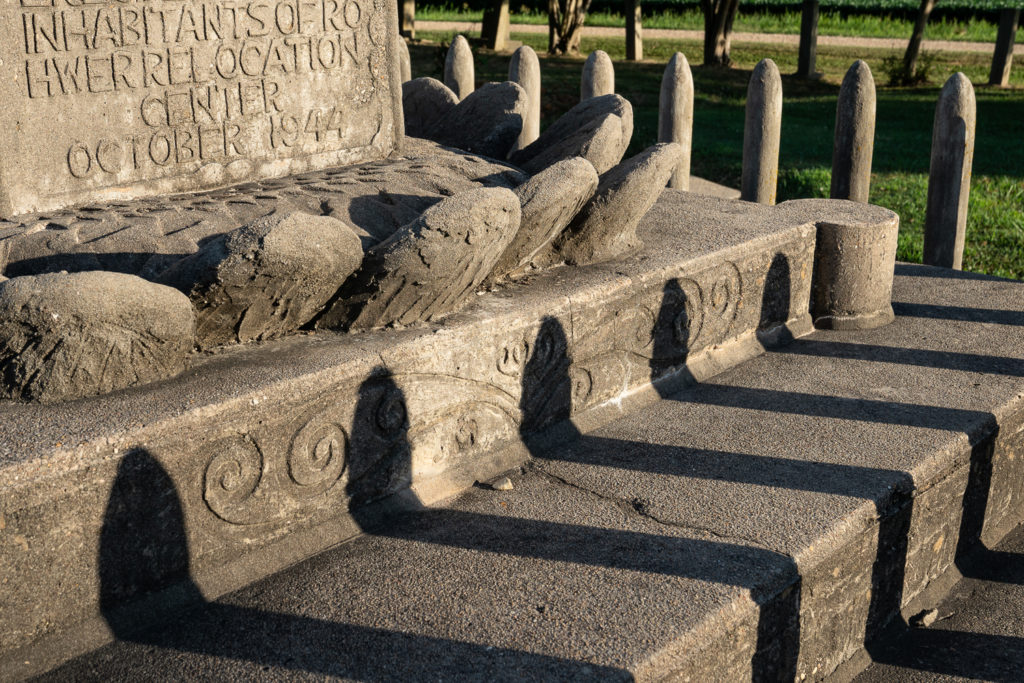
Rohwer was one of only two incarceration sites located in the eastern half of the U.S. Today little remains, except a cemetery that honors those who died while incarcerated at Rohwer and the soldiers of the 100th Infantry Battalion and the 442nd Regimental Combat Team who served in Europe during World War II.

Prisoners considered “disloyal” by government authorities, often based on a controversial and confusing questionnaire, were sent to Tule Lake. The camp was heavily militarized, and a group trying to negotiate better living conditions were locked up in the Tule Lake stockade, a “jail within a jail.” Inmates were beaten. Many were scheduled to be deported.
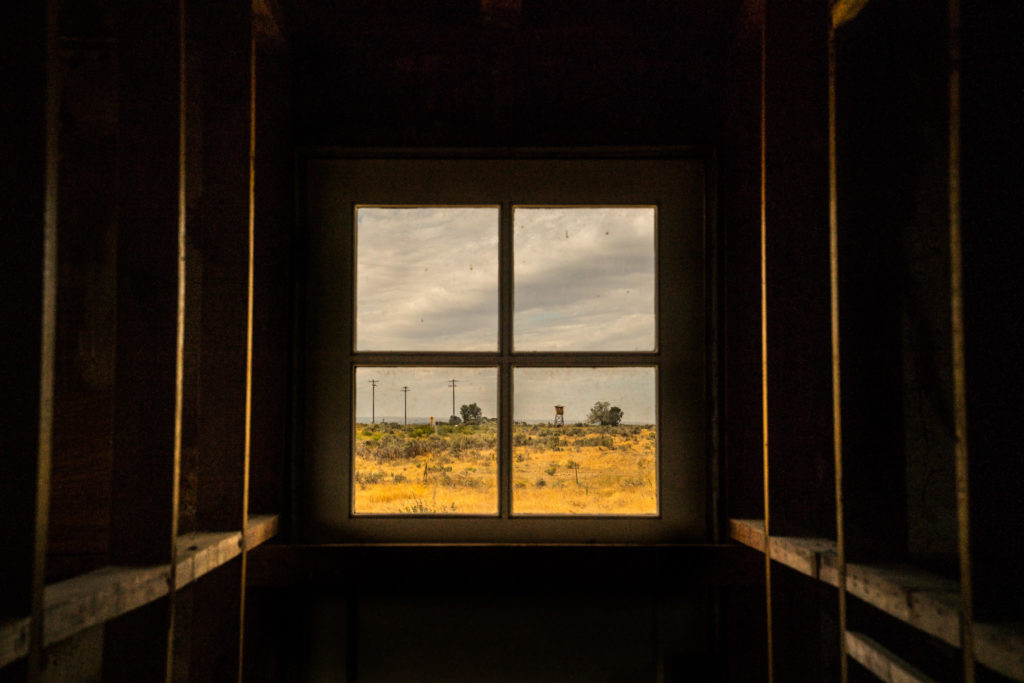
Although Minidoka inmates expressed anger and frustration at their imprisonment, there were fewer violent confrontations at Minidoka than at camps like Manzanar and Tule Lake. In their writings, some Minidoka administrators showed empathy. Perhaps that played a role.
Arthur Kleinkopf, a staff member and eventually the Superintendent of Education at Minidoka, wrote in his diary, “The impact of emotional disturbances as a result of the evacuation procedures, plus this dull, dreary existence in a desert region must give these people a feeling of helplessness, hopelessness, and despair which we on the outside do not and will never fully understand.”
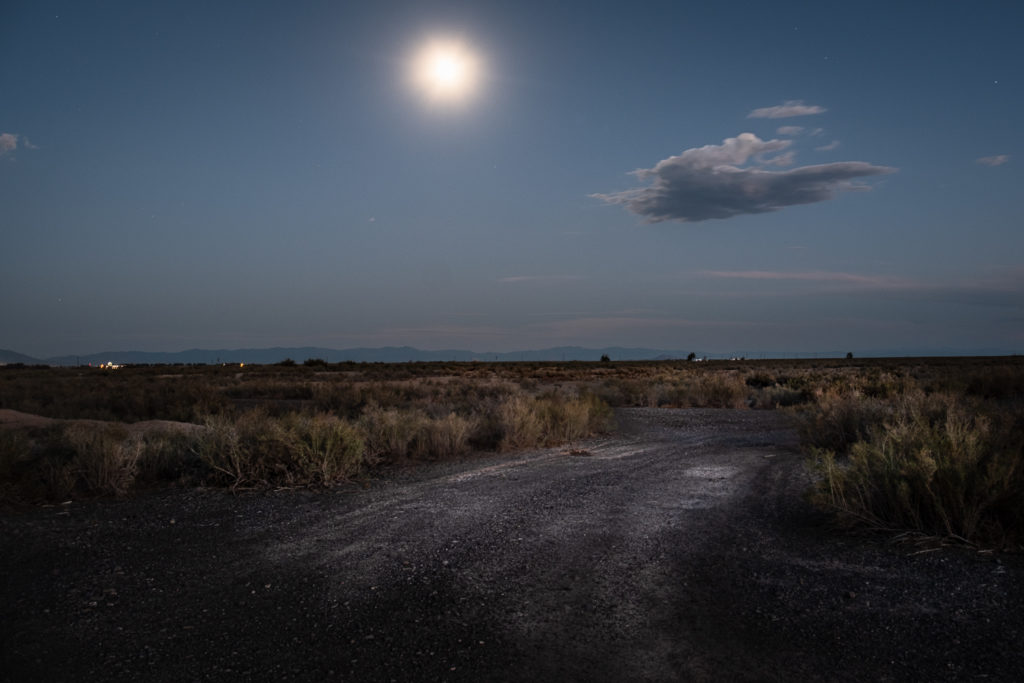
I have long been inspired by the work of painter Chiura Obata, who created an art school for the Japanese Americans imprisoned at Topaz. Art became a way for the prisoners to heal and find their voice. Obata wrote, “If I hadn’t gone to that kind of place, I wouldn’t have noticed the beauty that exists in that enormous bleakness.”
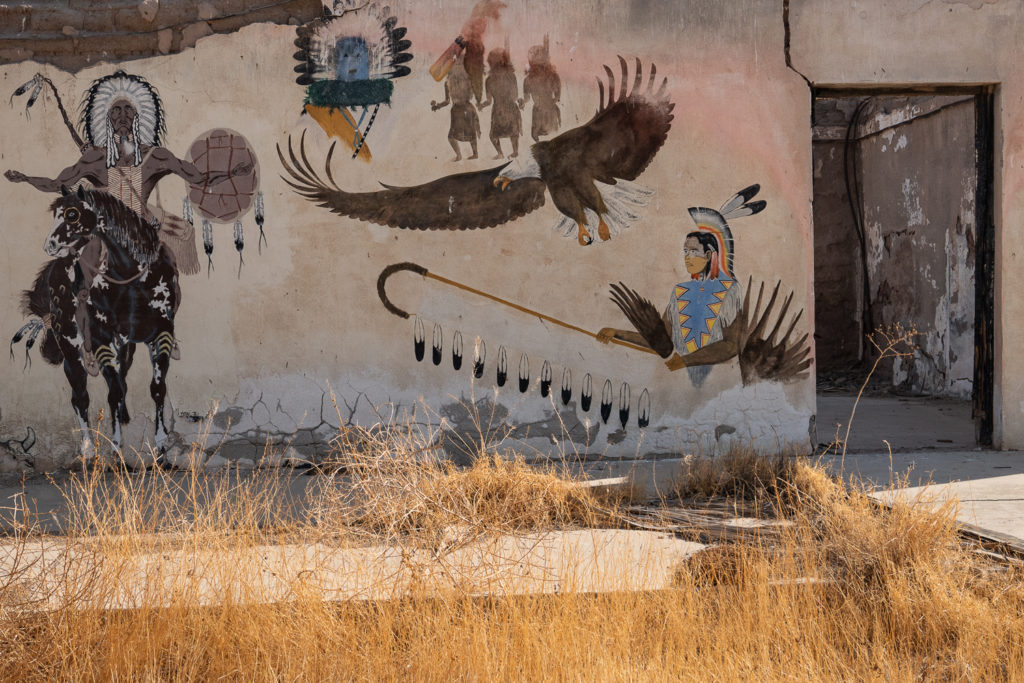
Poston was built on tribal land in Arizona. Ruth Okimoto, who was incarcerated in Poston when she was six years old, was haunted by the experience and decided to research it. She learned that the Colorado River Indian Tribes objected to the plan to imprison Japanese Americans on their land, but could do little to stop it. Japanese American inmates leveled the land and built irrigation canals, roads, water supply, power lines and buildings. The new infrastructure was left behind after Poston was closed. Okimoto worked closely with the Colorado River Indian Tribes to produce a report titled, “Sharing a Desert Home,” and talked often of the need for the two groups — both uprooted because of racism — to help each other.
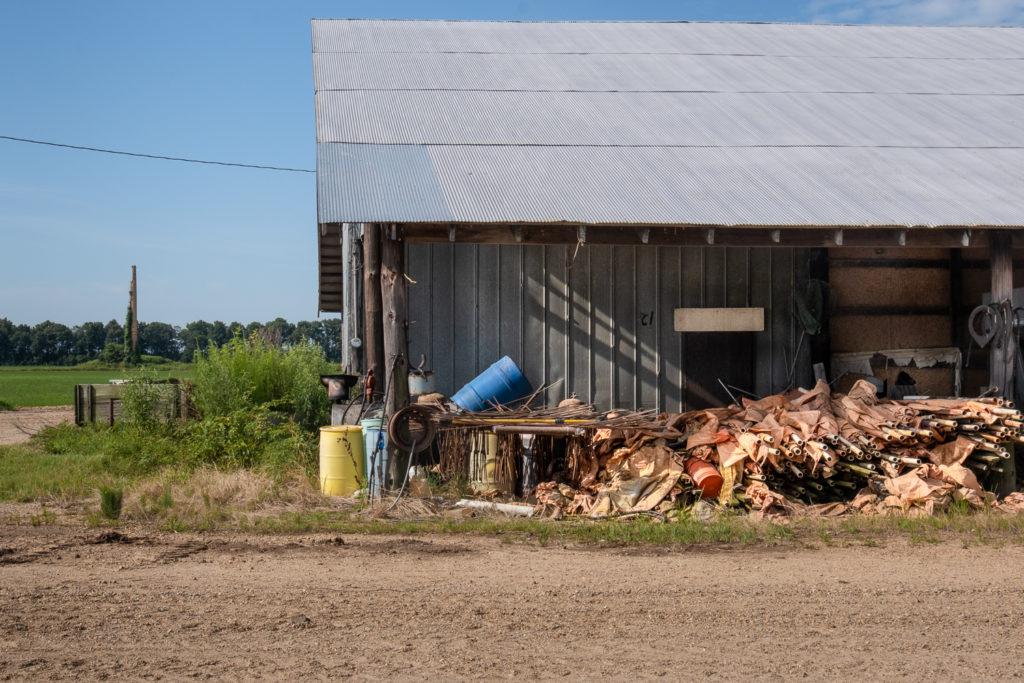
Jerome was located in Arkansas, on swampland filled with snakes, mosquitoes and knee-deep mud. Jerome and Rohwer were the only camps located in the Deep South. Japanese Americans, who were sometimes given permission to leave camp to shop in town, were shocked to see segregated bathrooms, buses and other harsh forms of institutional racism aimed at Black people. The incarcerees also were puzzled at being told to use “white” facilities, since they had been forcibly removed from their homes because of their race.
—
Guest post by Sandy Sugawara. Photos by Sandy Sugawara and Catiana Garcia Kilroy.
Learn more about this project and the forthcoming book at showmethewaytogotohome.com. Show Me the Way to Go to Home is also available for pre-sale during a 4 week Kickstarter campaign.
